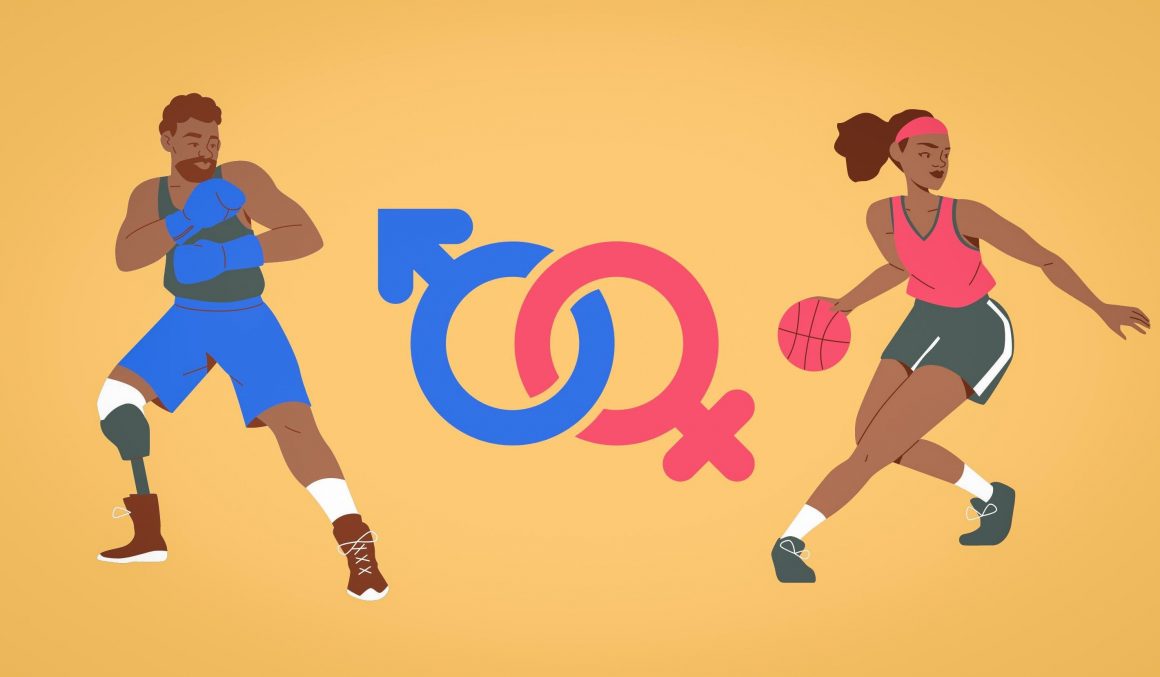
Gender wage gap in sports
By Radhya Comar, April 25 2023—
The gender wage gap is one of the most polarizing topics of discussion between men and women. It is essentially the difference in pay between men and women for the same job. The gap exists across industries and age groups. According to the Canadian Women’s Federation, women make 89 cents for every dollar made by men. This disparity is widened when taking into account women of colour or women with disabilities. As such, it is a direct representation of weaker career and education opportunities for women and an increased weight of domestic duties. When examined through the lens of sports, the gender wage gap becomes more complex with even more factors coming into play. While many accept the wage gap and rationalize it, others rally for equal pay for both genders. Additionally, pay for athletes differs from sport to sport.
Generally, women’s sports are less popular when compared to their male counterparts. This is because female participation in sports has been historically discouraged as athletic activities are seen as a masculine endeavor. In fact, up until the 19th century, exerting strength in sports was thought to be harmful to a woman’s reproductive health. However, as World War II changed the perception of the delicate female and feminist movements gained traction, an increasing amount of women began to be involved in sports. Still, professional associations for women’s sports were not started until decades after their male counterparts had already taken off. For example, the Women’s National Basketball Association (WNBA) was not founded until 1996, 40 years after the establishment of the National Basketball Association (NBA) for men.
The gap between the establishment of professional associations for female and male sports provides a legitimate reason for why one is more popular than the other. However, some sports fans attribute this difference to the advanced athletic ability of the male players and use this to justify the wage gap. This argument has both strengths and weaknesses. For one, there is no differential quality of determination or training between female and male athletes. Still, there are some natural differences between men and women that create a difference in entertainment value for both sports. Taking basketball as an example once more, the average WNBA player is around 6 inches shorter than the average NBA player. With the basketball nets being at the same height, this makes for much fewer slam dunks and similar tricks in WNBA games.
This leads the conversation to the second rationalization of the gender gap in sports — differential revenue generation. As men’s sports tend to be more popular than women’s sports, the former generates significantly more revenue. It was reported in 2022 that the WNBA generated a revenue of $60 million USD and has failed to produce a profit since its inception. In comparison, the NBA generated a titanic $10 billion USD in revenue. Revenue generation is calculated through many factors, one being ticket price. The average ticket price for a WNBA game is on average $42 USD. For an NBA game, the average price of a ticket is $94 USD.
Revenue generation directly intertwines with the wage disparity as salaries, bonuses and prize money are directly derived from and proportional to the amount of revenue generated. NBA players receive 50 per cent of the total revenue. This allows for average salaries of around $9 million USD for the 2022-23 season. Comparatively, female athletes only take home 20 per cent of the revenue, with the average salary being around $103,000 USD. Many equal pay activists demand that female athletes be paid an equal portion of the total revenue. Although, as previously mentioned, the WNBA has made a significantly smaller profit than the NBA and has been incurring losses. Therefore, it is much harder to compensate the athletes for more as the association itself is struggling to break even.
In response to this, American Basketball player Kelsey Plum explained that demands for pay equality are often misunderstood.
“Let me be clear: I don’t think I should make as much as Lebron,” she said to The Residency Pod.
Plum goes on to further explain how WNBA players do not receive any percentage of shared revenue from jersey sales or TV contracts. While WNBA jersey sales might not generate as many sales as those of famous NBA players, making this a universal clause would undoubtedly help even the playing field by giving both men and women the same opportunities.
Clearly, pay inequality in sports is a complex issue with many factors. In the case of basketball, it takes its roots in the delayed support for women’s athletic endeavours and persists because of lesser interest in WBNA games, lower revenue generation and uneven contractual terms.
